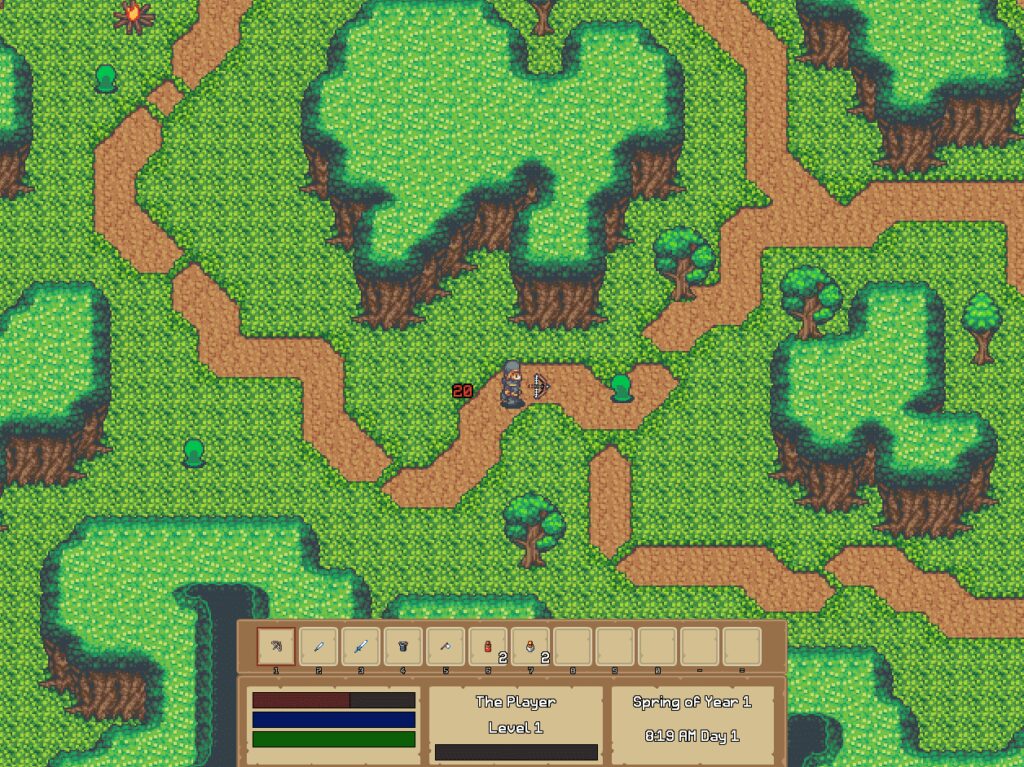GameMaker is a software that makes game development simpler for those who are new to the field. Its popularity is due to its ease of use, flexibility, and creativity. To start creating games in GameMaker, you need to download the software, create a sprite, create an object and add behaviours to it, add rooms, add music and sounds, and add transitions and effects. GameMaker is a great tool for game developers, with its user-friendly interface and well-organized menus making it an excellent software for creating games. There are various resources available online to help users learn more about using GameMaker to create games.
Game Development Made Easy with GameMaker: A Step-by-Step Guide
Game development can often seem like a complex and daunting process, especially for those who are new to the field. Fortunately, software like GameMaker makes it easier for developers to create games without coding extensively. First released in 1999, GameMaker has since become a widely used tool for creating games. Its popularity is due to its ease of use, flexibility and room for creativity.
Getting Started with GameMaker
To start creating games in GameMaker, you need to download the software from the official website. After installing the software, you can open it and access the interface. From there, you can start creating your new game by selecting the “New Project” option.
Creating a Sprite
A sprite is an essential element of creating your game, and it represents the art or image that the player will see on the screen. Creating a sprite in GameMaker is an easy process; you can either import an existing image or create a new one. After importing an image, you can edit it by using the inbuilt image tools in GameMaker.
Creating Objects
After creating your sprite, the next step is to create an object in GameMaker. Objects represent the gameplay elements of your game, like enemies, obstacles and pickups. To create an object, you need to right-click on the main GameMaker interface and select “Create Object.” You’ll be directed to a new window where you can select your previously created sprite.
Adding Behaviours (Actions)
Behaviours are the actions that your objects can perform in your game. They include movements, sounds and responses to user input. To add behaviours to your objects, you need to access the object window that you created earlier. You can then select the “Add Event” button and choose the event type that you want to add. Once you’ve selected the event, you can then add the action that you want to perform.
Adding Rooms
Rooms are the levels or areas of your game that the player will complete. To create a new room in GameMaker, you need to click on the “Rooms” tab and select “Create Room”. You’ll then need to select your background image, objects and any other elements that you want to add to the room.
Adding Sounds and Music
Adding sound and music to your game is a great way to provide a better gaming experience for players. To add sound and music to your game, you need to select the “Sounds” and “Music” tabs respectively. From there, you can add or import a sound or music file that you want to use in your game.
Adding Transitions and Effects
Adding transitions and effects can also help to enhance your game. GameMaker has built-in tools that allow you to add transition effects like fade-ins or fade-outs between levels, as well as particle effects for things like explosions and impacts. To add any of these, you need to access the “Effects” menu in GameMaker.
Final Thoughts
In conclusion, GameMaker is a great tool for game developers, especially for those who are new to the field. Its user-friendly interface and well-organized menus make it an excellent software for creating games. Additionally, there are a variety of resources available online that can help you learn more about using GameMaker to create games. With the steps outlined in this article, you can now create your own games with ease and start exploring your potential as a game developer.
